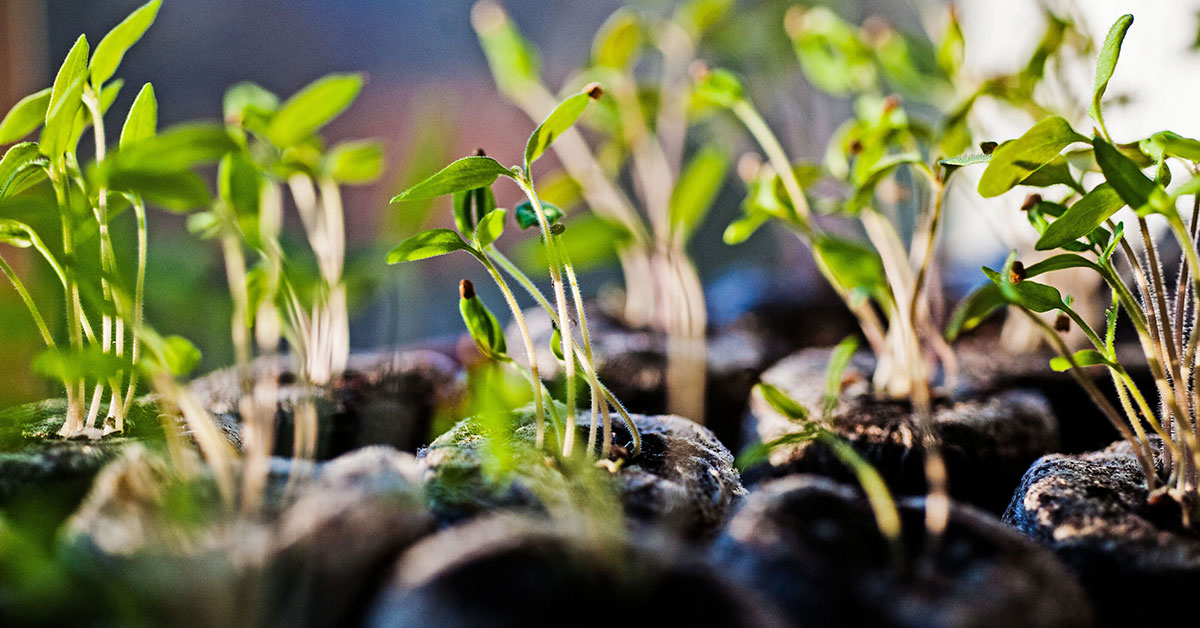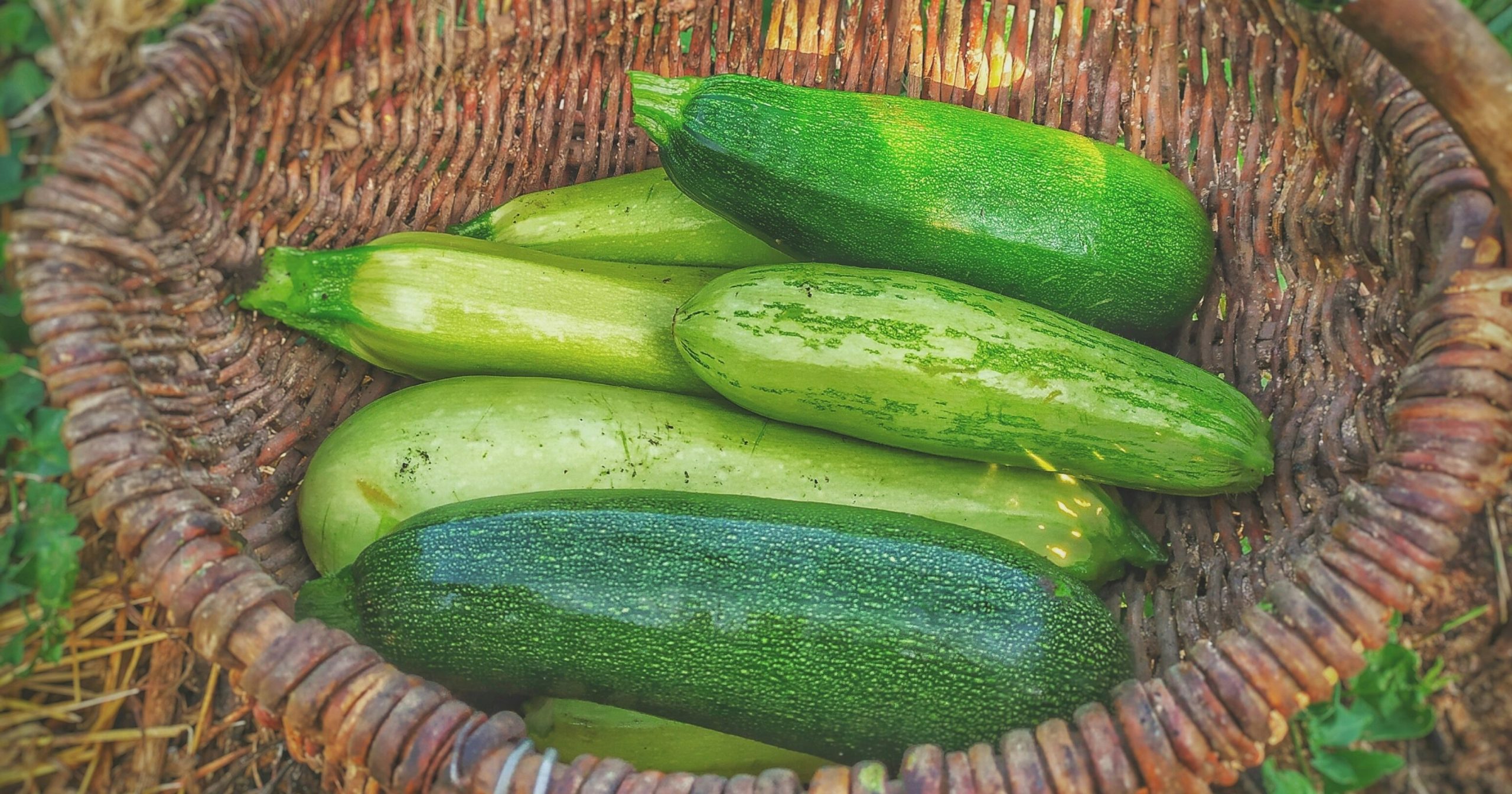Growing tomatoes in Nevada can be a challenge due to the harsh climate and weather conditions. The arid and dry climate in Nevada can lead to high temperatures, which can be great for tomatoes. The low humidity, and limited water, make it difficult to grow healthy and productive tomato plants. However, with proper planning and care, it is still possible to grow a successful tomato crop in Nevada.
Tomatoes in Nevada’s Climate
Nevada is known for its arid and semi-arid climate, with hot, dry summers and cold winters. The state has a wide range of temperatures, with some areas experiencing extreme heat during the summer months. Additionally, the lack of rainfall and low humidity contribute to the desert-like conditions found throughout much of the state.
The extreme heat and lack of rainfall in Nevada are the largest obstacles to growing tomatoes. High temperatures can cause the fruit to develop unevenly or crack, while low humidity can lead to blossom-end rot. Lack of water can make it difficult to keep the soil consistently moist, which is necessary for proper plant growth. Mulching, companion planting, and irrigation systems are strongly recommended to keep your plants hydrated. A wide variety of tomato companion plants can help provide shade, retain moisture, and repel pests.
When to Start Tomatoes Indoors in Nevada
If you want to get an early start on cultivating tomatoes, begin growing the seeds indoors 4-6 weeks before the final spring frost in your area, regardless of the tomato variety you’re growing. Depending on your location, you’ll generally want to start your tomato seeds indoors from January 1st to March 20th.
You may want to get them going even earlier than that and plant them in a large pot ahead of producing them outdoors, just to give them even more of a head start. To start tomato seeds indoors:
- Select a planting container. Choose a container at least 6-8 inches deep, with holes in the bottom for drainage.
- Fill with a seed starter potting soil.
- Plant 2-3 tomato seeds ⅛ inch deep in the soil and cover.
- Water the soil until it is moist but not soggy.
- Place the container in a warm, sunny spot indoors and keep the soil moist.
- When the seedlings reach 2-3 inches tall, thin them out so there is only one seedling per container.
Tomato Varieties That do Well in Nevada
Growing early-harvest tomatoes can be very handy in Nevada, due to the diversity of its climate. Some varieties of tomatoes are ready to harvest in 60 to 100 days, which makes them perfect for the different zones in Arizona. I recommend one of the following varieties:
- ‘Aunt Gertie’s Gold’ Tomato – 75-80 Days to Harvest
- ‘Heidi’ Tomato – 90 Days to Harvest
- ‘Opalka’ Tomato – 90 Days to Harvest
- ‘Martino’s Roma’ Tomato – 70-80 Days to Harvest
- ‘Fourth of July’ Tomato – 49 Days to Harvest
- ‘Sweet Million’ Tomato – 45 Days to Harvest
- ‘Oregon Spring’ Tomato – 50 Days to Harvest
- ‘Celebrity’ Tomato – 70 Days to Harvest
- ‘Yellow Pear’ Tomato – 60 Days to Harvest
- ‘Gardener’s Delight Tomato – 52 Days to Harvests
Hardening Off Your Tomatoes
Hardening off tomatoes that you’ve started indoors before planting outdoors is essential to ensure they can thrive in the outdoor environment. When tomatoes are started indoors, they become accustomed to the warm and more stable environment. When planted outdoors, they are exposed to more extreme temperatures, wind, and sun. Hardening off tomatoes helps them slowly adjust to their new environment by exposing them to these elements for an extended period.
The process of hardening off tomatoes begins by slowly introducing them to the outdoors. Start by placing them in a sheltered spot, such as a porch or a partially shaded area, for a few hours each day. Over a week, gradually increase the amount of time they are kept outdoors and the amount of sun they are exposed to. After a week of hardening off, the tomatoes should be ready to move to their final outdoor planting location.
When to Plant Tomatoes in Nevada
It’s generally safe to plant tomatoes outdoors when there is no risk of frost or freezing temperatures. In most climates, this means waiting until at least late spring or early summer. In Nevada, your final freeze date is expected around February 28th to April 30th depending on where you live. Still, be mindful of your weather forecast. If it seems like you’re in for a late freeze, wait to plant your tomatoes! The final frost dates for each zone in Nevada are:
- Zone 5: Around April 30th
- Zone 6: Around April 21st
- Zone 7: Around April 3rd
- Zone 8: Around March 28th
- Zone 9: Around February 28th
When to Harvest Tomatoes in Nevada
When tomatoes have turned a deep red (or the ripe color of their particular variety) and have no green spots visible, they are ripe and ready to be picked. If there are still green patches on the tomato, it has not yet ripened and should remain on the vine. The ideal way to pick ripe tomatoes is to cup the tomato in your hand and give it a gentle twist- it should come off the vine with ease. When in doubt, you can leave it on the vine an extra couple of days, or harvest the entire branch of tomatoes and allow it to ripen on the vine on your window sill.













